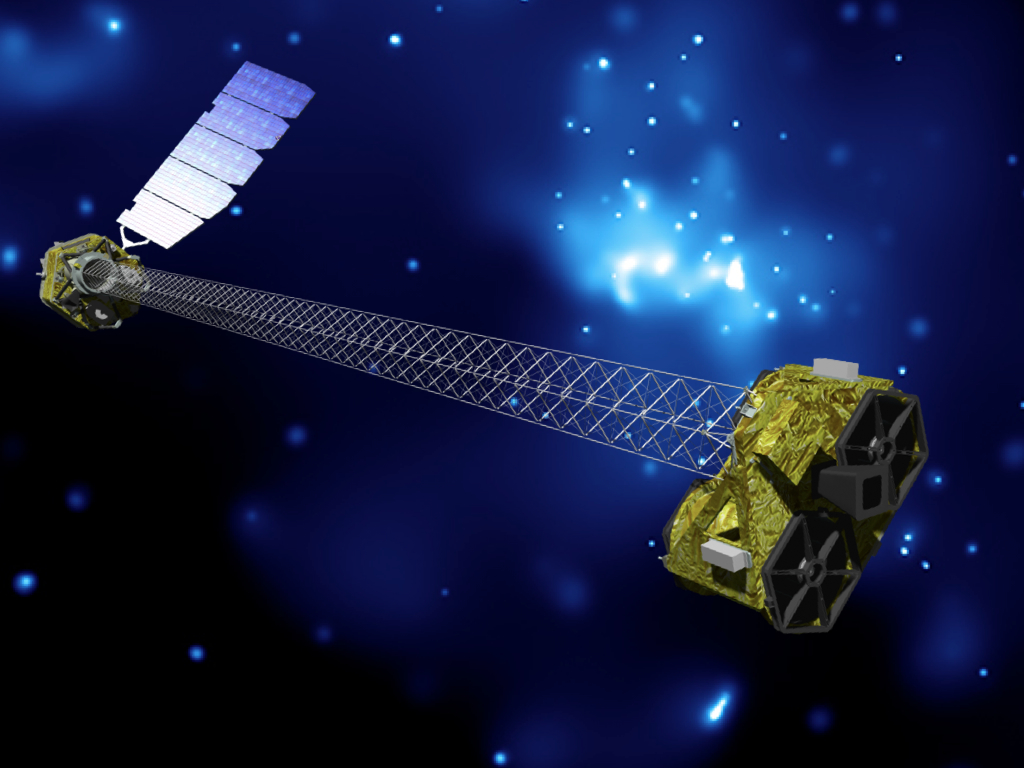NASA Delays Launch of Black Hole-Hunting Space Probe

The launch of NASA's next science mission, a spacecraft to study black holes and other high-energy enigmas of the universe, has been officially delayed.
The instrument, called NuSTAR (Nuclear Spectroscopic Telescope Array), was scheduled to lift off in March atop an Orbital Sciences Pegasus XL rocket from the Reagan Test Site on the Kwajalein Atoll in the Marshall Islands.
Now NASA has pushed back the launch following a Flight Readiness Review meeting on Thursday (March 16) that found more time is needed to check out the rocket's software.
"The launch will be rescheduled to allow additional time to confirm the flight software used by the launch vehicle's flight computer will issue commands to the rocket as intended," NASA officials said in a statement.
The extra time to complete the software review means the $165 million NuSTAR won't be able to lift off this month as planned, but space agency officials expect it to be ready for another shot in the next two months.
NuSTAR is an X-ray space observatory that will study the universe through the shortest wavelength, highest-frequency range of light. The spacecraft is designed to collect data with greater sensitivity and clarity than any X-ray mission before.
"The mission will advance our understanding of how structures in the universe form and evolve," NASA officials said. "It will observe some of the hottest, densest and most energetic objects in the universe, including black holes, their high-speed particle jets, ultra-dense neutron stars, supernova remnants, and our sun."
Get the Space.com Newsletter
Breaking space news, the latest updates on rocket launches, skywatching events and more!
NuSTAR is categorized as a Small Explorer mission, and is led by Caltech and managed by NASA's Jet Propulsion Laboratory, both in Pasadena, Calif. In addition to constructing the launch vehicle, Orbital Sciences Corp., of Dulles, Va., built the spacecraft.
You can follow SPACE.com assistant managing editor Clara Moskowitz on Twitter @ClaraMoskowitz. Follow SPACE.com for the latest in space science and exploration news on Twitter @Spacedotcom and on Facebook.
Join our Space Forums to keep talking space on the latest missions, night sky and more! And if you have a news tip, correction or comment, let us know at: community@space.com.

Clara Moskowitz is a science and space writer who joined the Space.com team in 2008 and served as Assistant Managing Editor from 2011 to 2013. Clara has a bachelor's degree in astronomy and physics from Wesleyan University, and a graduate certificate in science writing from the University of California, Santa Cruz. She covers everything from astronomy to human spaceflight and once aced a NASTAR suborbital spaceflight training program for space missions. Clara is currently Associate Editor of Scientific American. To see her latest project is, follow Clara on Twitter.
